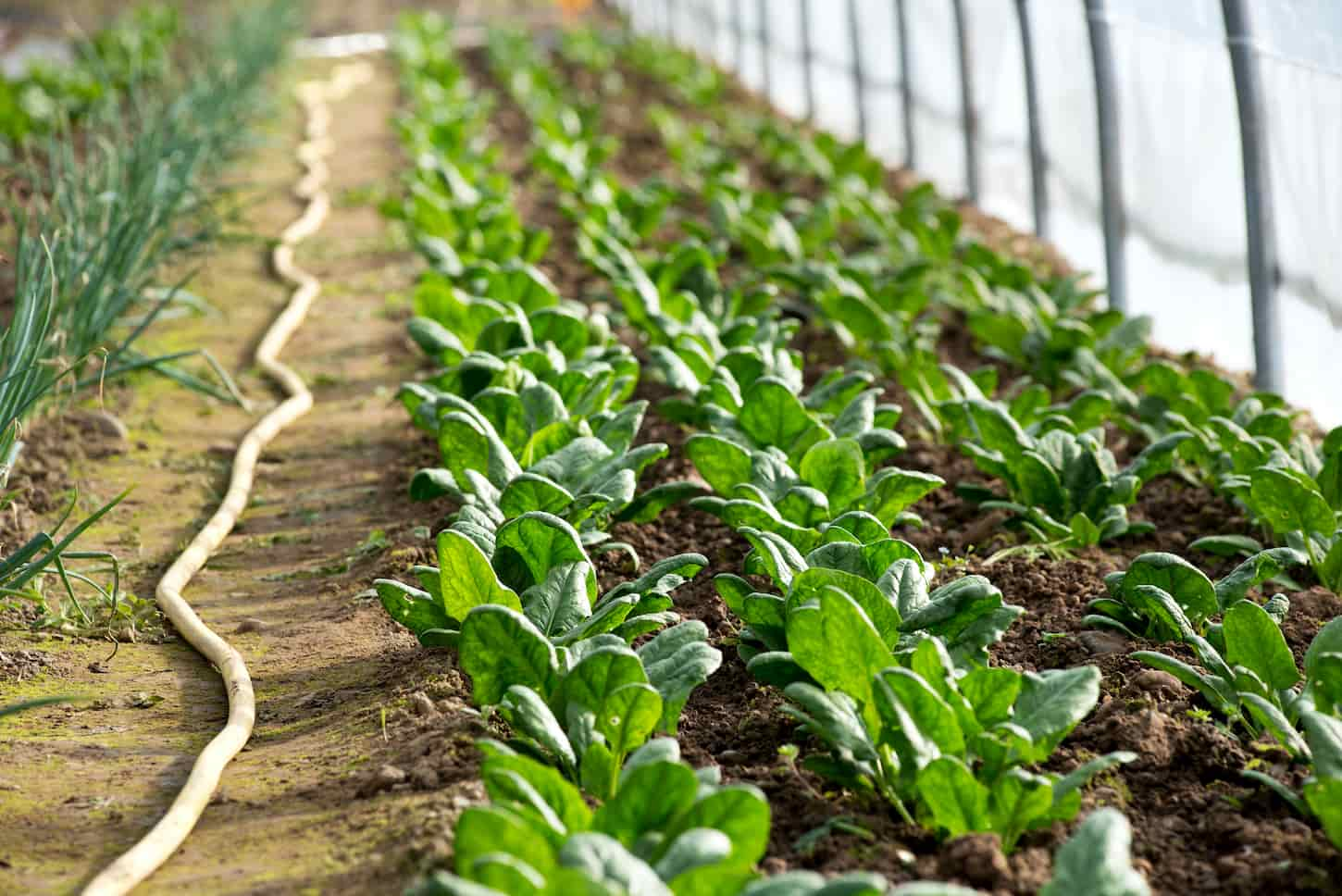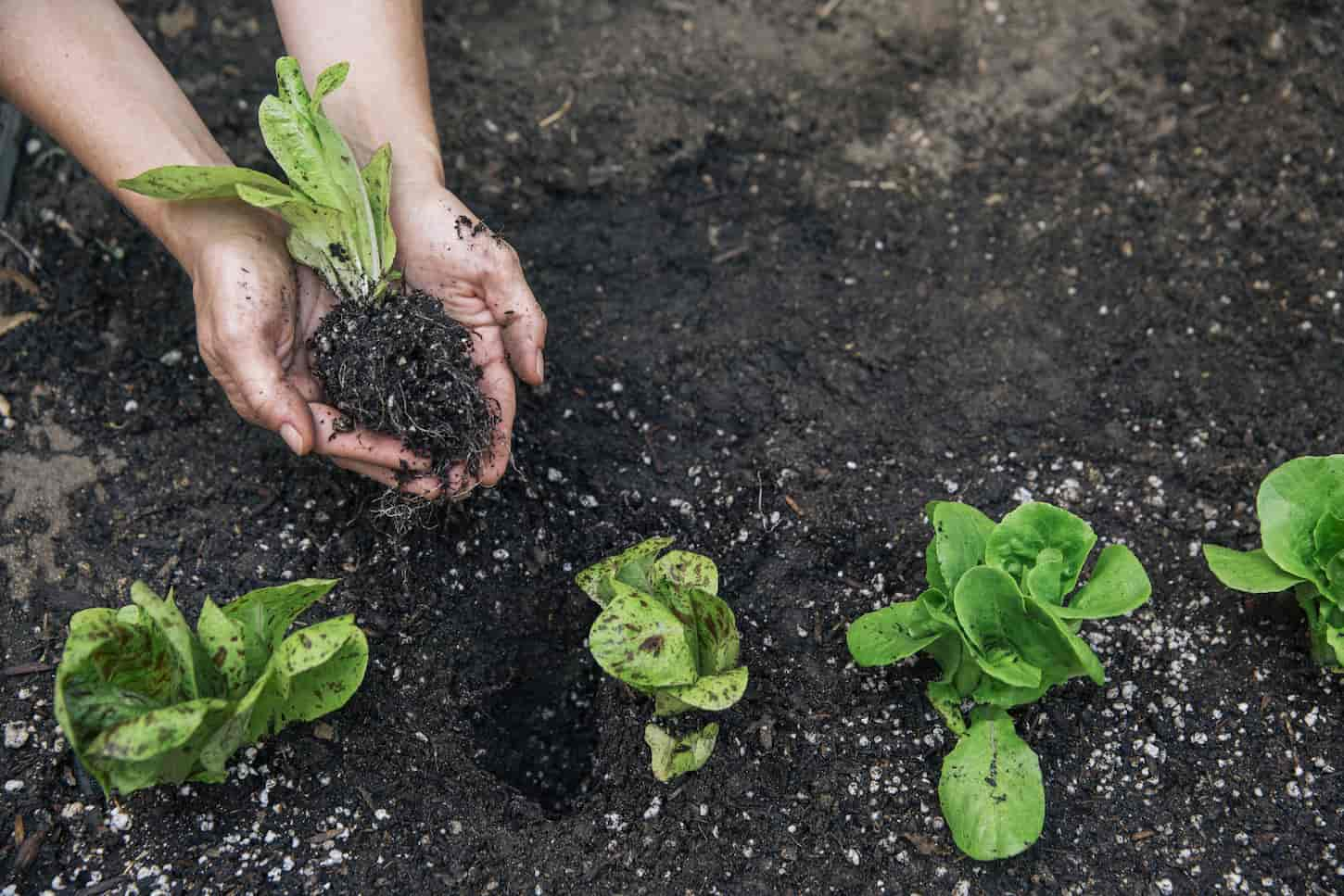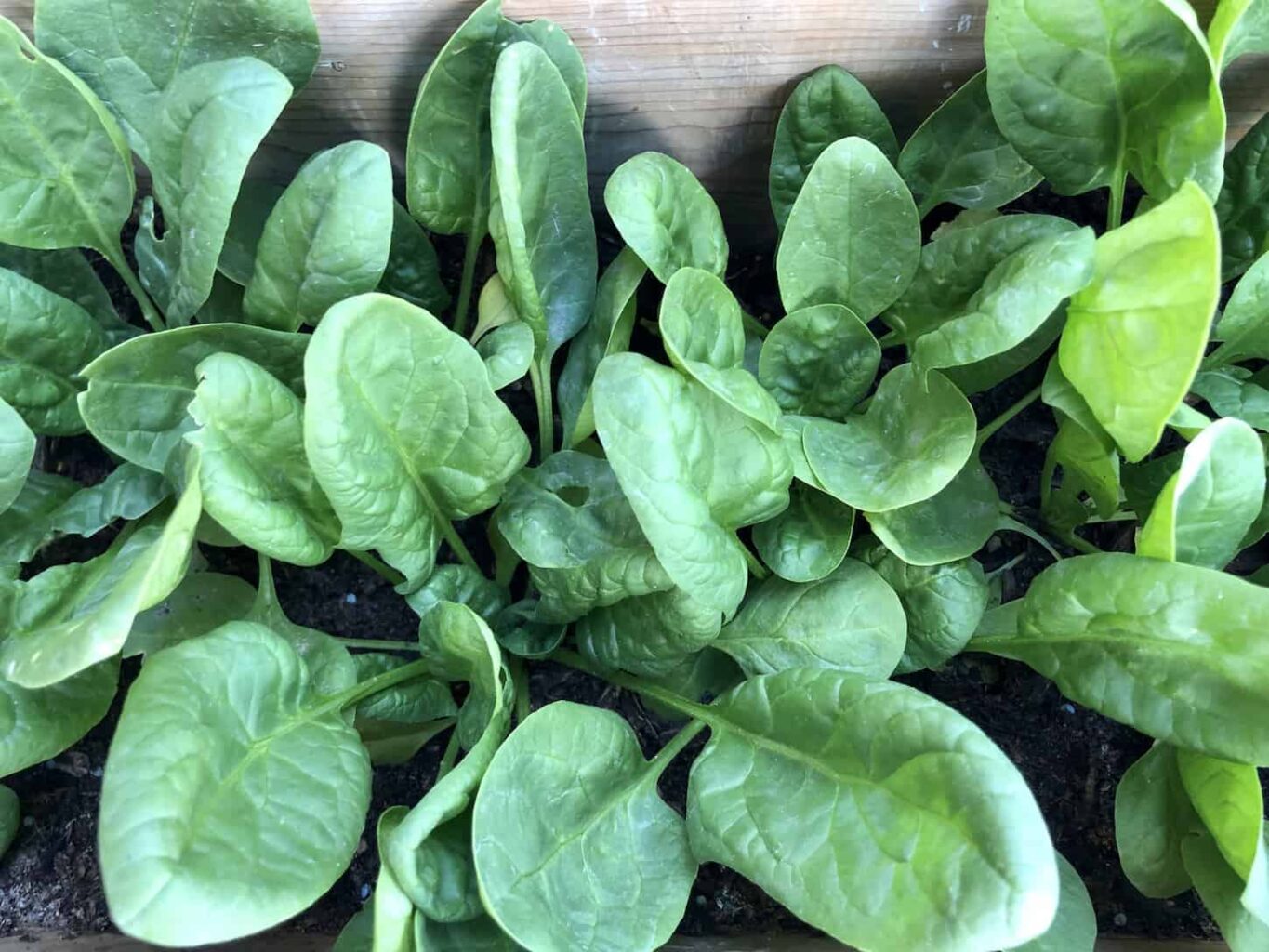Can store-bought spinach be regrown? Inquiring minds would love to know – and then grow. Spinach is a common vegetable, it’s no surprise many people wonder this: can you grow spinach from store-bought bunches?
Spinach bought from the store is one of the vegetables that can be replanted. Given that it’s hardy and has still had a small stem, anyone can try their hand at regrowing spinach. Like other plants, spinach has requirements that are specific to them in order for them to grow well.
Ready to have a mini spinach farm in your backyard? Read on below to find out more about what is needed to grow store-bought spinach and how to harvest it when it is ready.

Can Spinach Be Regrown?
Spinach can be regrown given that it’s planted during its optimum season. The answer to that is yes – spinach can be regrown, but it depends on a few factors. Spinach keeps to a tight schedule and has specific needs.
So let’s talk about the seasons for spinach because that’s the most important thing to know next.
Seasons are important
It’s best to grow spinach in the spring or fall since it thrives in cool, frost-free weather. For spinach to germinate and grow juicy leaves, they require temperatures of 45 to 70 degrees Fahrenheit. If the temperature changes by a few degrees colder, it won’t grow.
On the other hand, the summer heat is not good for spinach. Summer is probably the most unfavorable season, as it causes spinach to bolt. This means that it sends up a seed stalk and it ends up dying.
When enough moisture is provided, and the spinach is harvested frequently, premature seed formation can be prevented. Providing shade also helps protect the plant from heat and will delay bolting.
Spinach varieties
Most spinach varieties mature in 45 days. However, keep in mind that selecting a spinach variety to grow won’t necessarily lengthen the harvest season. The varieties of spinach may be identified by their threshold to the cold, mildew, and bolting.
When it comes to delaying bolting, try planting a variety that is considered slow-bolting. Each variety has its advantages, and it all depends on how much time and effort is put into growing spinach.
It can take some time to get familiar with growing spinach. It’s easy to figure out how to use the different varieties and use the harvesting season to your advantage.
How to Grow Spinach from the Grocery Store
First things first: the right variety has to be chosen. To be able to replant, scour the store for the freshest bunch of spinach. Don’t go for a bunch of the branches and leaves hanging by a thread. Weak bunches mean they’ve lost all their water, vitamins, and minerals.
Go for bunches that are dark green in color and look strong. If one is found that still has some of its roots, that would be an added bonus. Replanting is usually easier when there are still roots intact. But if the local store doesn’t sell spinach with roots, they can still be regrown.
Cut out the part of the spinach that will be used to cook and save the rest for planting. Most of the leaves will be used for cooking. What remains will be the main stem and branches.
Remove any weak branches or leaves, as these will only slow down the growth of the spinach. It’s alright to leave some small leaves, but any side stems should also be taken off.

How to Replant the Spinach
By using the tops of store-bought spinach, it can be regrown. Once some of it has been used for cooking, it can be replanted straight into the soil. When replanting them, spinach prefers a dry environment. They don’t like their roots wet and will struggle if they are being overwatered.
When digging holes into the soil, make sure that each plant has space to grow. Spread the plants apart 5-10 cm from each other, so they won’t fight for sunlight. To avoid having one giant plant emerging from the hole, plan on planting several evenly-sized plants. Water them immediately.
Make sure to give them some shade as well, as long hours of exposure to the sun can hinder their growth. Spinach can be grown indoors or outdoors – but regardless of where it’s grown, it needs sunlight.
How to Harvest Spinach
Spinach can be harvested within a few weeks of the first sighting of green leaves. When you see small leaves growing, the spinach plant will grow super-fast. When ready to harvest, take the leaves and side branches and leave the rest.
By leaving the remaining stem in the soil, they can be repeatedly harvested every few weeks. Make sure to water them and always give the spinach sunlight.
Advantages of Replanting Store-Bought Spinach
- It will save you money – It’s common for produce to go bad before getting a chance to use it, and this can waste a lot of money. By having your own supply of spinach in the backyard, only what is needed will be used, and less money will be spent.
- Homegrown spinach is healthier – Planting backyard produce can be done without the use of harmful pesticides. Without pesticides, the vegetables will be much healthier.
- Cleaner air – Plants essentially function as air filters, as they convert carbon dioxide into oxygen. If there is a bunch of spinach growing in the yard, there will be cleaner air. This is especially useful if living in an area with plenty of traffic or smog.

Key Takeaways and Next Steps
Spinach, a common and versatile vegetable that is easy to cook, can also be easily replanted. When buying some from the store, not only will there be enough to cook with, but certainly enough to regrow in the backyard.
While they have particular needs in order to thrive, the advantages are worth looking into. From saving money to having cleaner air in the home, replanting store-bought spinach could be a great new addition to your home garden.
Ready to take your lettuce to the next level, too? Go read this article we wrote next: How To Harvest Lettuce Without Killing The Plant (Complete Process). That way, you’ll have plenty of lettuce when the spinach season is over.
Resources
Learning from your own experience is essential, but learning from others is also intelligent. These are the sources used in this article and our research to be more informed as homesteaders.
- “Growing Vegetable (Spinach) That Was Bought in the Store at Home.” TaleTravels.Com – Travel – Food – Blogging, 21 June 2020, www.taletravels.com/lifestyle/growing-vegetable-at-home.
- “How to Grow Spinach.” FineGardening, 4 Aug. 2008, www.finegardening.com/article/how-to-grow-spinach.
- “Re-Grown Store Bought Spinach | Home Grown.” Design of Grace, 20 Nov. 2014, designofgrace.com/gardening/home-grown/re-grown-store-bought-spinach-home-grown.